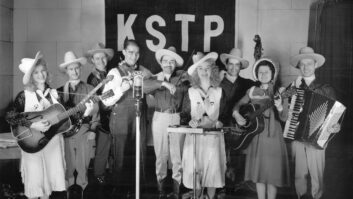There are all kinds of shortwave radio stations in the world, but WBCQ seems unique.
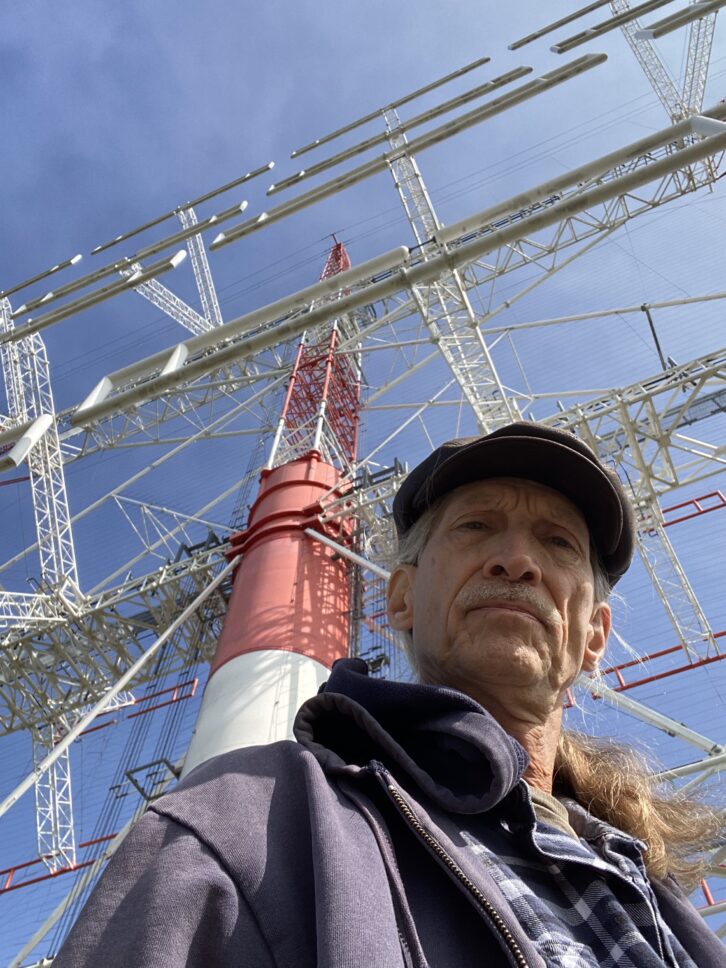
Located in Monticello, Maine, WBCQ is an up-to-500,000 watt shortwave powerhouse that covers the world via 7.490 MHz, 9.330 MHz, 5.130 MHz, 3.265 MHz, and 6.160 MHz — depending on the time of day, to maximize signal propagation by bouncing off the ionosphere.
The same rural broadcasting center and antenna/transmitter site is also home to local stations WXME(AM) — carrying talk and rock music on 780 kHz with a translator on 98.3 MHz — and WBCQ(FM), airing classic country on 94.7.
“WBCQ is probably the only shortwave, AM and FM combination radio station in the United States,” said Allan Weiner, a lifelong radio broadcaster/engineer who has owned and operated it with his wife Angela since 1998. “It’s a ma-and-pa station. I’m Pa, and Ma is sitting next to me right now.”
Dedicated to free speech
To put it mildly, the programs aired on WBCQ’s shortwave broadcasts are eclectic.
Depending on when you tune into “WBCQ The Planet,” you could hear evangelistic religious programs such as “The Overcomer Ministry” and “World’s Last Chance,” music shows like “American Debauchery” with DJ Duane Bruce, “Marion’s Attic” featuring historic audio recordings, “Le Show” with Harry Shearer, and Radio Newyork International, the name of which is an eponymous nod to Allan Weiner’s ship-based radio station near New York City in the late 1980s.
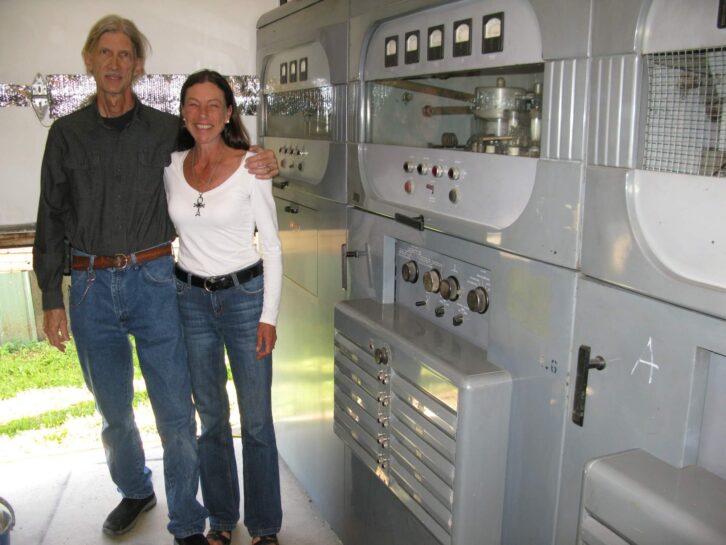
There is one quality that these and all other WBCQ shortwave radio programs have in common: They are entirely uncensored by the Weiners. Whatever content the producers come up with is what makes it to air, no matter how controversial or potentially offensive some listeners may find it to be.
“We are dedicated to free speech radio,” said Allan.
“It’s not only freedom to speak, but freedom to listen because we believe in a constitutional republic, as we have here in the United States. A well-informed citizenry is the only way to ensure freedom. It is the ultimate check and balance against everything that’s going on politically, socially, religiously and economically. If people are not allowed to express themselves over all media, both pro and con, both good and bad and ugly, we cannot be a real republic.”
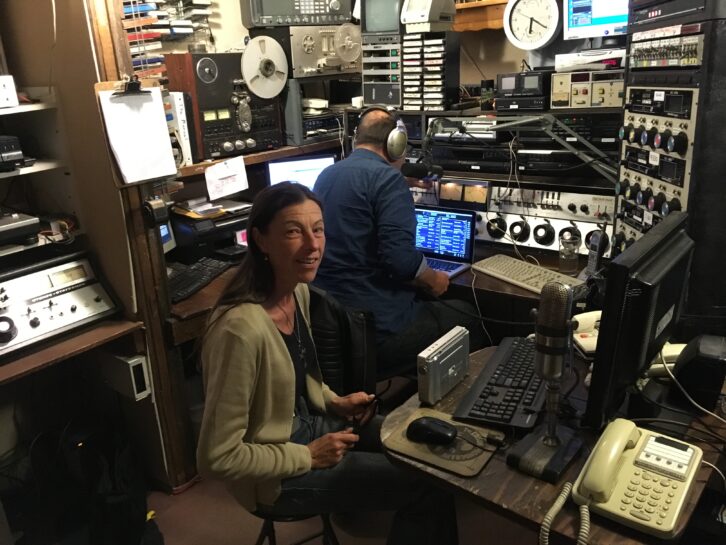
“Pay to play”
One of the great challenges to U.S. commercial shortwave radio has been the lack of meaningful audience measurements. Shortwave radio listeners are scattered around the world. This makes it economically impractical to compile audience ratings that can be used to sell advertising.
[Check Out More of Radio World’s Facility Showcases]
Because of this reality, WBCQ and other U.S. commercial shortwave stations such as WRMI Radio Miami International in Florida make their living by selling block airtime to third-party program producers. This is why most of the content on WBCQ is “pay to play.” It’s the only viable business model capable of keeping such stations afloat.
“Private shortwave stations generally lease out airtime to programmers who want to get their programs on the air,” Weiner said.

“And it could be anything: It could be a political program, it could be musical, or it could be religious. Whatever the content may be, programmers come to us from all over to broadcast their programs on our shortwave transmitters to the world. That’s why we all love shortwave: It’s an old medium that doesn’t know borders, and Google and the NSA don’t have control over it.”
This last point explains the economic viability of WBCQ, which has managed to pay its bills since 1998 and is still doing so despite the advent of the web and streaming media.
“Believe it or not, there’s always an interest among political people, and religious people especially, to reach a shortwave audience,” said Weiner.
“And that’s how we stay on the air. We lease transmitter time to anyone that wants to come, and we get the bulk of our funding from religious programmers, basically Christian programmers. We’ve been doing that for years and years now, and they’re good clients.”
This is where WBCQ’s stance has aligned with its business model.
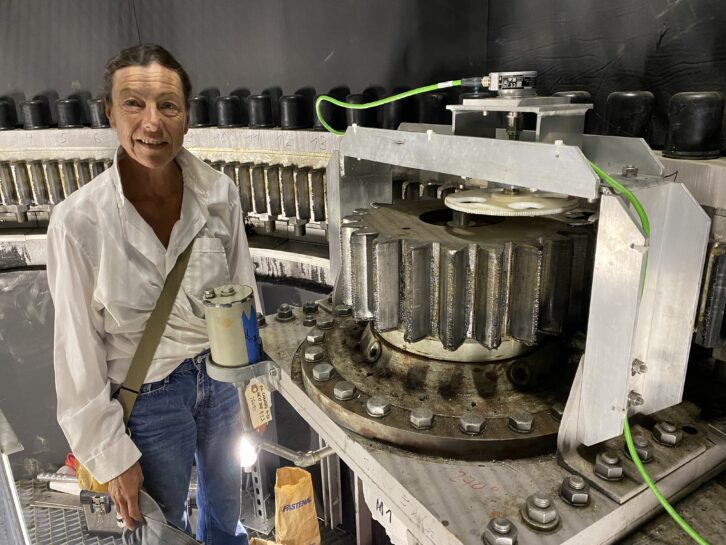
“Our clients come to WBCQ because of our stance on freedom of speech where we do not censor people on the air,” Weiner said. “We don’t tell them what they can program and what they can say and what they can play. We’re very devoted to the First Amendment of the Constitution of the United States. It’s very important to us, and a lot of our programmers come to us for that very reason — and that’s how we make our bread and butter.”
Cool antenna
In order to transmit over a range of frequencies worldwide, most shortwave stations rely solely on “farms” of extremely long wire antennas, laid out in horizontal and/or vertical patterns.
WBCQ uses such antennas, but it also has a rotatable antenna that can be turned towards whichever part of the world WBCQ is beaming signals to. It is, to put it plainly, very cool.
As described in a past Radio World facility story, it is an HP-RCA 4/4 antenna made by Ampegon and installed in 2018 by Cestron International of Germany.
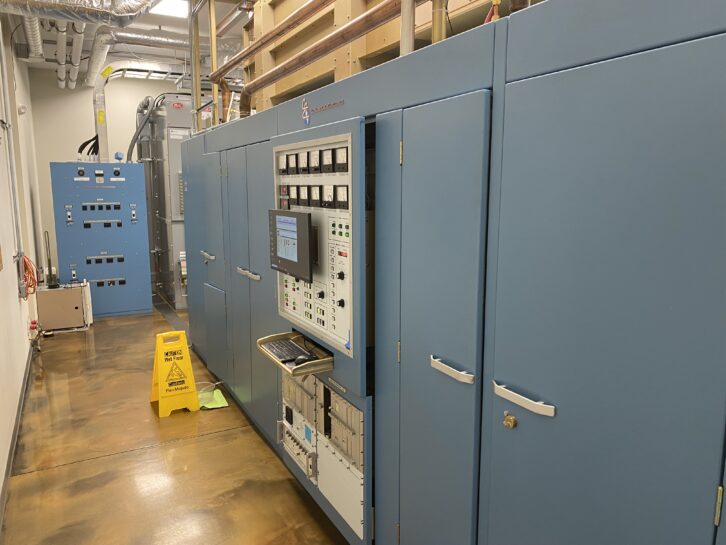
“The antenna consists of low- and high-band array antennas, positioned back to back, each equipped with a reflector screen, allowing WBCQ to access all shortwave frequency bands between 6 MHz and 26 MHz,” the Radio World article states. “At 500 kW with an ERP of 20 MW, it is one of the most powerful shortwave stations in the USA.”
Allan Weiner is thrilled to have such an amazing antenna in WBCQ’s transmission portfolio.
“Just imagine the Brooklyn Bridge on a rotatable gear that can turn 360 degrees,” he said. “It’s a wonder of mechanical and electronic engineering, serving a relatively new Continental 500 kW transmitter that is mainly on 9.330 MHz. Of course, when you’re putting out 500,000 watts, you really want to get as much efficiency as you can because the electric bills are just basically ‘mileage to the Moon’ kind of costs.
“Then we have the classic side of WBCQ, which was built years earlier, that has older equipment,” Weiner continued. “Some of it belongs in the Smithsonian, but it’s very reliable and very repairable. This Collins/Gates/Harris transmitter farm uses much smaller log periodic antennas, curtain arrays and other antennas.”

The same new/old mix of technology is found in this station’s various on-air and production facilities.
“We maintain a lot of older equipment consoles, turntables and tape recorders. We even maintain cart machines, because when the big EMP pulse from Nuclear Armageddon comes, we’ll be able to stay on the air.
“I’m saying this tongue-in-cheek. The truth is that a lot of our engineers are semi-retired, and they like to keep this equipment going. So we use it along with the latest consoles, and processing equipment and computer-operated networked mixers. WBCQ and its sister stations are the combination of the old and the new, the good, the bad and the ugly.”
Looking ahead
Commercial shortwave broadcasting has kept the lights on for WBCQ for some 26 years. During the same period, nonprofit broadcasters such as the BBC World Service and the Voice of America have substantially reduced their shortwave broadcasts for economic and falling listenership reasons.
“Our business model’s good,” Weiner said. “We get inquiries every day for shortwave time, and we’re working on bigger deals to lease more airtime on more transmitters every day. And one thing we’ve always known — and it’s kind of a sad thing, but it’s a true thing — is that whenever there’s a disaster in the world, people always grab for that shortwave radio, just like they grab for an AM radio even today. So I see a good future for shortwave because it’s easy to access, it’s inexpensive and there’s no dealing with Google or anybody else. You just get a receiver, pull out the antenna and start tuning.”







